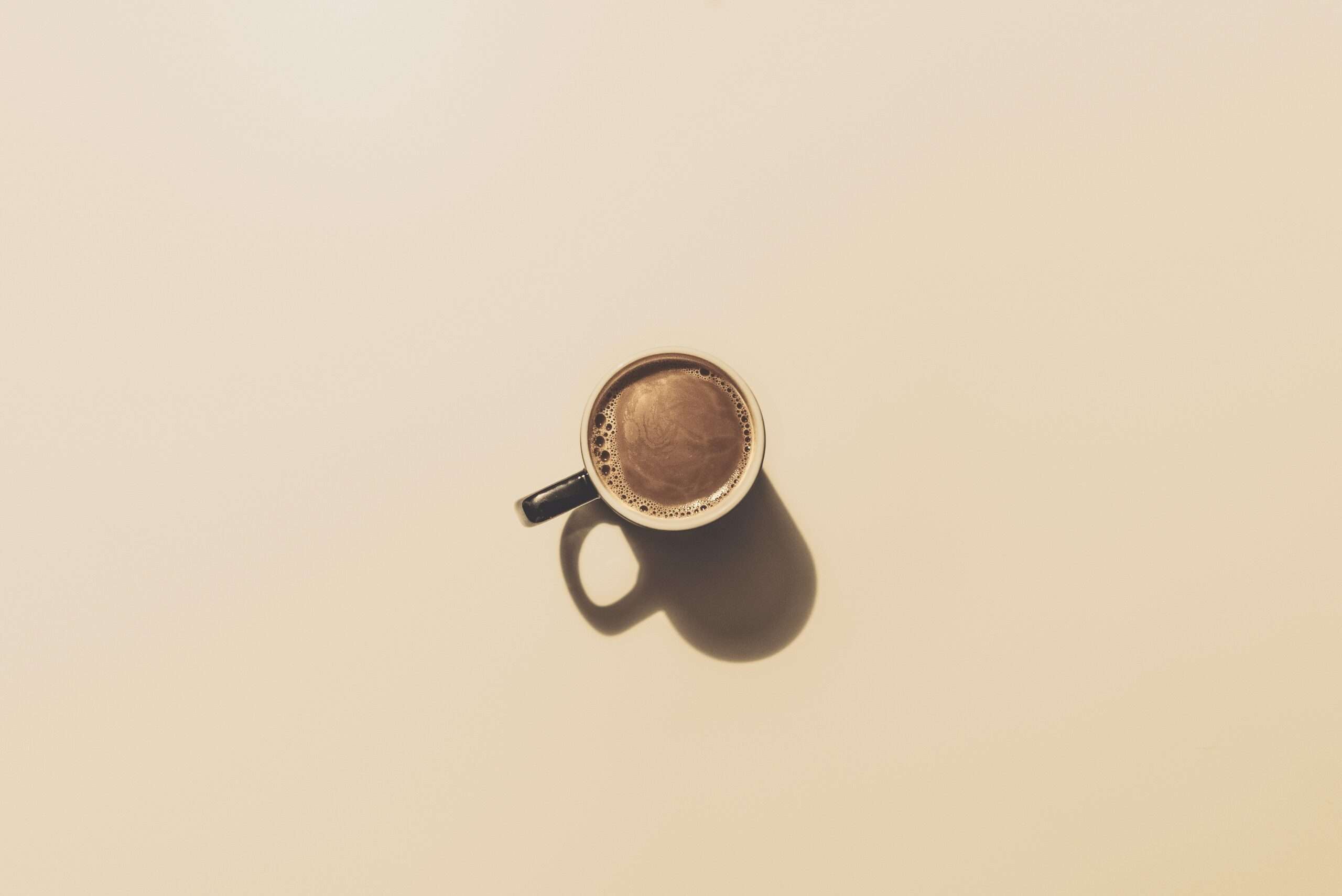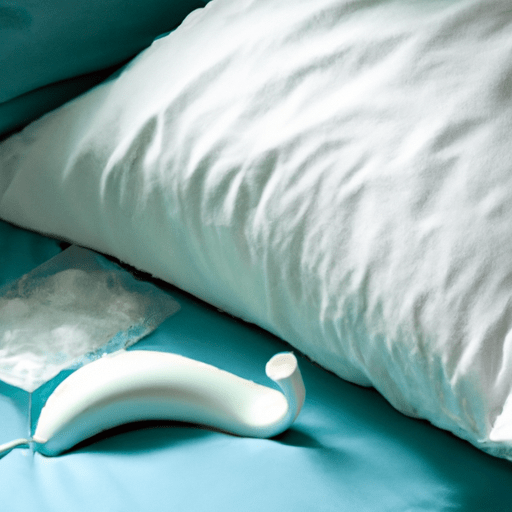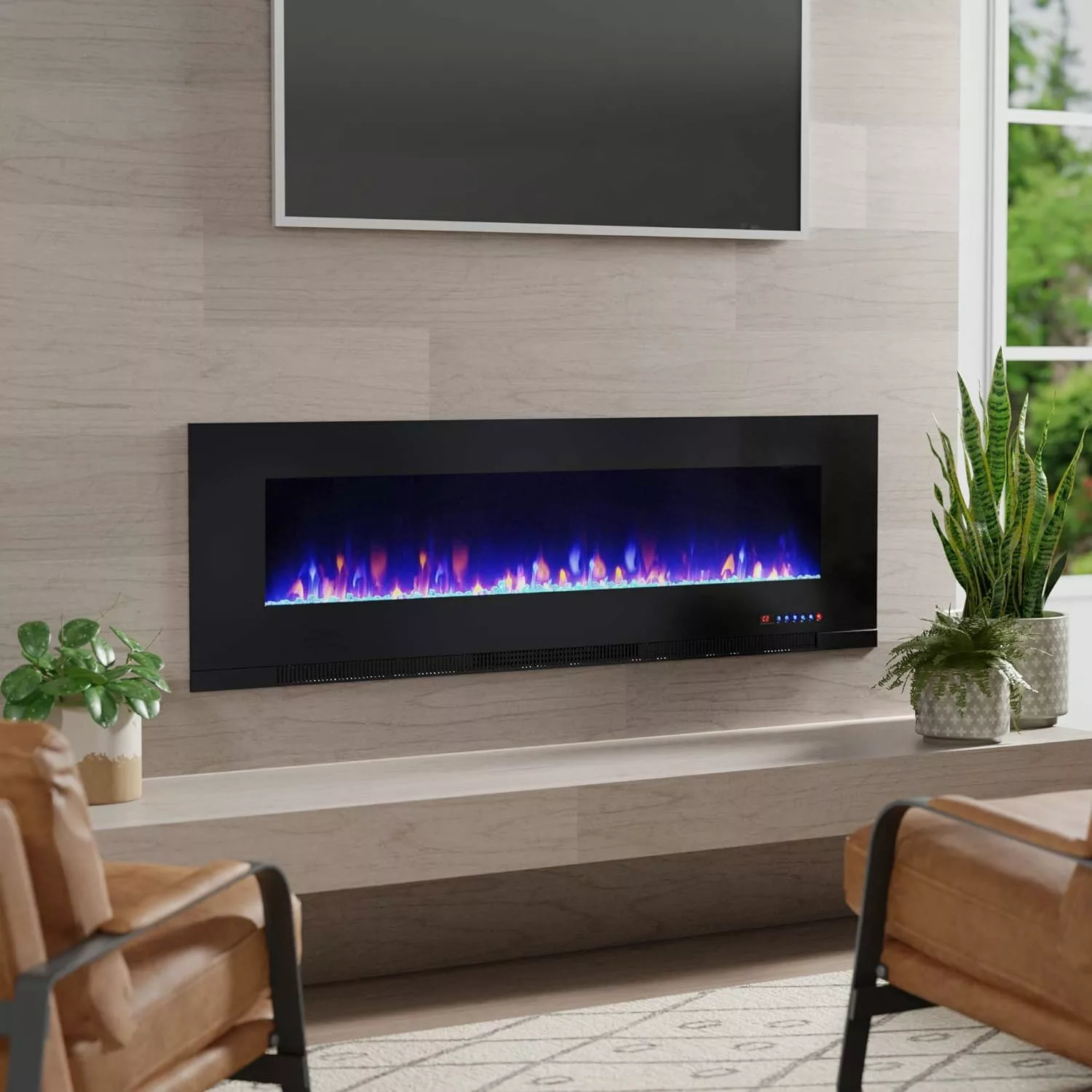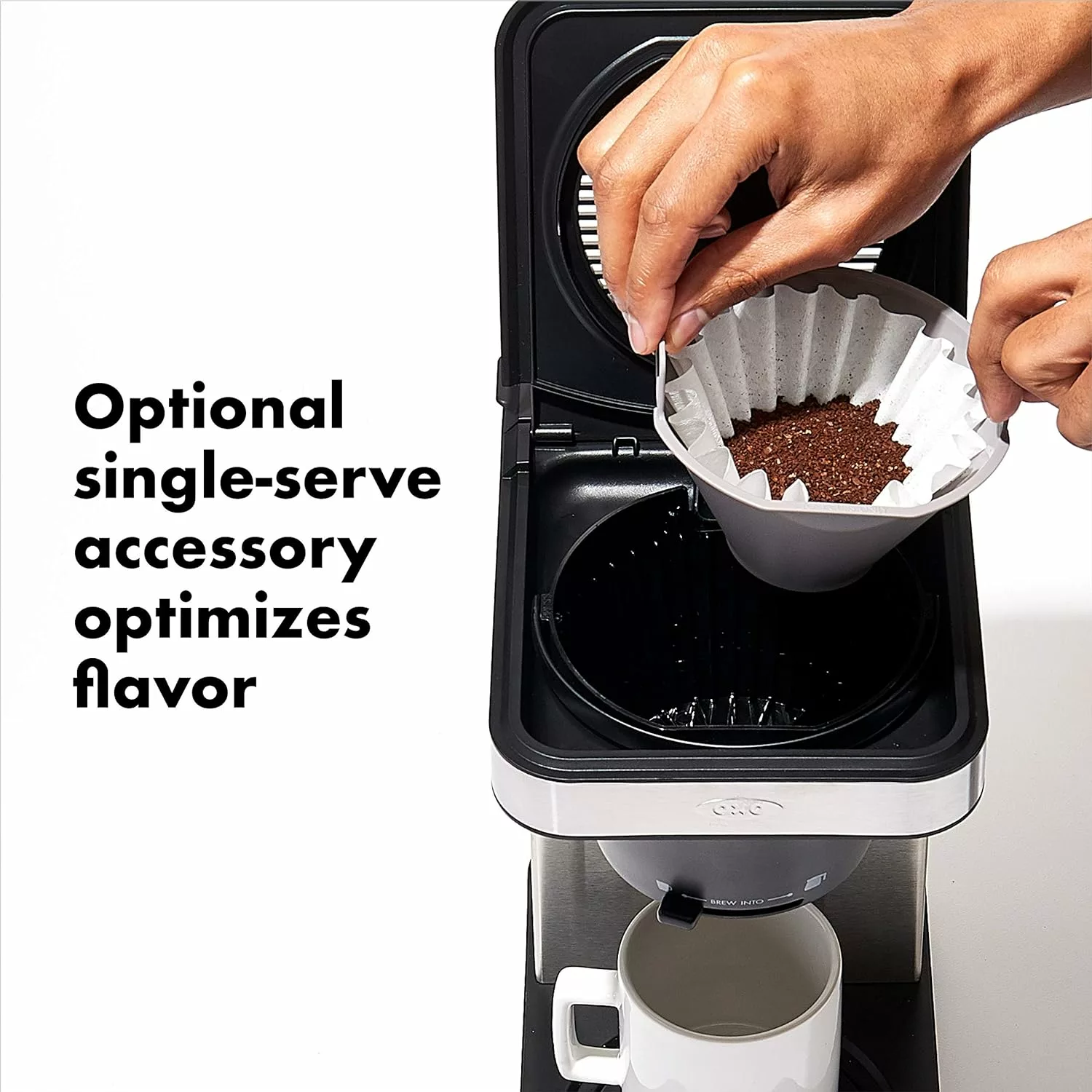Are you a coffee lover searching for a new and exciting way to enjoy your daily cup of joe? Look no further! In this article, we will share with you the perfect recipe for making colada coffee. This delicious beverage is a Cuban tradition that will awaken your senses and have you coming back for more. So grab your favorite coffee beans and get ready to embark on a coffee brewing adventure like no other. Get ready to experience the rich flavors and bold aroma of colada coffee, and prepare to be amazed.
Understanding Colada Coffee
Colada coffee, also known as Cuban coffee, is a rich and flavorful coffee beverage that holds a special place in Latin culture. It is a unique and integral part of the daily routine for many people in countries like Cuba, Puerto Rico, and the Dominican Republic. With its strong and bold taste, colada coffee is not just a drink – it is an experience that brings people together and provides a much-needed boost of energy. In this article, we will explore the origins of colada coffee, its significance in Latin culture, and the distinct taste that sets it apart from other coffee beverages.
Origins of Colada Coffee
Colada coffee has its roots in Cuba, where it was first introduced by Spanish colonizers in the 18th century. It was initially consumed by the working class as a way to stay alert and focused during long hours of labor. Over time, colada coffee became an integral part of the island’s culture and social fabric. Today, it is not uncommon to see people gathering at cafes or street corners in Latin American countries, sipping on coladas and engaging in lively conversations. The preparation and sharing of colada coffee have become a cherished tradition that symbolizes friendship, hospitality, and community.
Importance of Colada Coffee in Latin Culture
Colada coffee holds immense cultural significance in Latin American communities. It is not merely a beverage but a symbol of unity and social interaction. In many households and workplaces, colada coffee is prepared in large quantities and shared among friends, family, and colleagues. The act of sharing a cup of colada coffee fosters connections, strengthens bonds, and provides an opportunity to engage in meaningful conversations. It is a way of bringing people together and celebrating the joys of life. Whether it is a simple morning ritual or a part of festive gatherings, colada coffee plays an integral role in Latin culture.

This image is property of images.unsplash.com.
The Unique Taste of Colada Coffee
Colada coffee sets itself apart from other coffee beverages with its distinct taste and composition. It is known for its strong and bold flavor that packs a punch. The unique taste of colada coffee comes from a combination of factors, including the type of coffee beans used, the grinding process, and the traditional brewing method. Unlike other coffee drinks, colada coffee is typically served in small cups, known as “tacitas,” which allows for a concentrated and intense flavor. The rich and robust taste of colada coffee is a true delight for coffee enthusiasts, offering a memorable and invigorating drinking experience.
Key Ingredients for Colada Coffee
To make a perfect cup of colada coffee, it is important to pay attention to the key ingredients used in its preparation. Let’s take a closer look at each of these components and understand their significance in creating a flavorful and authentic colada coffee experience.
Type of Coffee Beans Best for Colada
The choice of coffee beans plays a crucial role in determining the taste and quality of colada coffee. While different coffee varieties can be used, it is recommended to opt for a dark roast or espresso blend. These beans are known for their intense and bold flavors, which align perfectly with the essence of colada coffee. Additionally, make sure to choose high-quality coffee beans to ensure a rich and satisfying taste profile.
Importance of Freshly Ground Beans
When it comes to colada coffee, grinding the beans fresh is of utmost importance. Freshly ground beans release their flavors and aromas more effectively, resulting in a more flavorful and vibrant cup of coffee. To achieve the best results, invest in a reliable coffee grinder and grind the beans just before brewing. This step ensures that the coffee retains its freshness and provides a robust and aromatic drinking experience.
Type of Sweetener to Use
Colada coffee is traditionally sweetened, and the choice of sweetener can greatly impact the overall taste. One of the most popular sweeteners used is “dulce de leche,” a sweet, caramel-like sauce made from condensed milk. This adds a creamy and indulgent touch to the coffee. However, feel free to experiment with different sweeteners, such as raw sugar or honey, to find the perfect balance of sweetness for your taste buds.
Water Quality and Its Effect on the Brew
Water quality plays a significant role in the taste of any coffee beverage, and colada coffee is no exception. Make sure to use filtered water to brew your colada coffee, as impurities in tap water can negatively affect the flavor. Using clean and pure water helps to bring out the true essence of the coffee beans, resulting in a cleaner and more enjoyable drinking experience.

This image is property of images.unsplash.com.
Ideal Equipment for Making Colada Coffee
To make the perfect cup of colada coffee, it is essential to have the right equipment at your disposal. Let’s explore the ideal tools you should consider for preparing this beloved Latin American beverage.
Choosing the Right Moka Pot
A moka pot, also known as a stovetop espresso maker, is the preferred brewing method for colada coffee. When selecting a moka pot, opt for one that is made of stainless steel to ensure durability and heat distribution. It is also important to choose the right size moka pot, depending on the number of servings you wish to brew. This versatile and practical brewing device will help you achieve the authentic taste and aroma of colada coffee.
Importance of a Coffee Grinder
A quality coffee grinder is an indispensable tool for colada coffee enthusiasts. It allows you to grind coffee beans to the desired consistency, ensuring a fresh and consistent brew. Manual or electric coffee grinders are widely available, and each offers its own advantages. Regardless of your choice, investing in a grinder will significantly enhance the flavor and quality of your colada coffee.
Other Essential Tools for Preparation
In addition to a moka pot and a coffee grinder, a few other tools can greatly assist in the preparation of colada coffee. Make sure to have a scale to measure the coffee and water accurately, as precision is key to achieving the desired taste. A tamper is also useful for compacting the coffee grounds in the filter basket, promoting even extraction. Lastly, a timer can help you ensure consistent brewing times, leading to a consistently delicious cup of colada coffee.
The Grinding Process
The process of grinding coffee beans is crucial for achieving the perfect cup of colada coffee. By understanding the significance of grinding, following specific guidelines, and avoiding common missteps, you can elevate the flavor and aromatic profile of your brew.
Why Grinding Coffee Beans Fresh is Significant
Grinding coffee beans just before brewing is a crucial step in the colada coffee preparation process. When coffee beans are exposed to oxygen, they begin to lose their flavors and aromas. By grinding the beans fresh, you can capture all the nuances and characteristics of the coffee in their prime state. This results in a more vibrant and flavorful cup of colada coffee.
Guidelines for Grinding Beans For Colada Coffee
To achieve the optimal grind size for colada coffee, it is recommended to aim for a fine to medium-fine consistency. The goal is to achieve a powdery texture that resembles table salt. Experiment with the grind size to find what works best for your taste preferences and brewing method. Remember to adjust your grinder settings accordingly to achieve the desired texture.
Troubleshooting Common Grinding Missteps
Grinding coffee beans can sometimes pose challenges, but with a few tips, you can avoid common pitfalls. If your coffee tastes sour or weak, it is likely that the grind is too coarse. In this case, try adjusting your grinder to a finer setting. On the other hand, if your coffee tastes bitter or over-extracted, the grind may be too fine. By finding the right balance, you can ensure a well-brewed and flavorful colada coffee.

This image is property of images.unsplash.com.
Preparing the Moka Pot
Before you begin brewing your colada coffee, it is important to properly prepare the moka pot. A few essential steps will ensure that your brewing process goes smoothly and results in a delicious cup of coffee.
Cleaning Your Moka Pot
Maintaining a clean moka pot is essential for the best possible coffee flavor. After each use, make sure to disassemble and clean all parts of the moka pot. Use warm water and mild soap, or simply rinse with hot water. Avoid using abrasive cleaners or harsh chemicals, as they can affect the taste of your coffee. A clean moka pot ensures that there are no residual flavors from previous brews and allows the true essence of the coffee to shine through.
Filling the Base With Water
To prepare the moka pot for brewing, start by filling the base with fresh, cold water. It is important not to exceed the safety valve level, as this can lead to over-pressurization and potential hazards. Fill the base just below the valve, ensuring a safe and controlled brewing process. The water temperature will play a vital role in achieving the optimal extraction of flavors from your coffee grounds.
Adding Coffee Grounds to the Filter
Once the base is filled with water, it is time to add your freshly ground coffee to the filter basket. Fill the basket with the desired amount of coffee, ensuring that it is evenly distributed and level. Avoid compressing the coffee grounds, as this can hinder the flow of water during the brewing process. The combination of the right amount of coffee and water will provide the perfect balance for your colada coffee.
Brewing the Coffee
The brewing process is where the magic happens, as the flavors and aromas are extracted from the coffee grounds and transformed into a delightful cup of colada coffee. By following some key steps and understanding the ideal heat settings, you can master the art of brewing colada coffee.
Correctly Assembling Your Moka Pot
Properly assembling your moka pot is essential for a successful brewing process. Make sure all seals, gaskets, and filter components are securely in place before placing the moka pot on the stove. Check that the upper and lower chambers are tightly connected to avoid any leakage during the brewing process. By ensuring a proper assembly, you can achieve a consistent and flavorful brew.
Ideal Heat Settings for Brewing
The heat setting is a critical factor that can greatly impact the taste and quality of your colada coffee. It is recommended to brew colada coffee on low to medium heat to ensure a slow and controlled extraction process. High heat can lead to over-extraction, resulting in a bitter and unpleasant taste. With patience and moderate heat, you can achieve the perfect balance of flavors in your colada coffee.
Making The ‘Espumita’ – The Essential Coffee Foam
One of the defining characteristics of colada coffee is the “espumita” or coffee foam that forms on top of the brew. This foam is a result of the high pressure and temperature during the brewing process, and it adds a creamy and flavorful touch to the coffee. To achieve a rich and frothy espumita, remove the moka pot from the heat once you start hearing a sizzling sound. Allow it to rest for a moment, and then pour your coffee into the cup, letting the foam float on top. The espumita enhances both the visual appeal and the taste of your colada coffee.
Sweetening the Colada Coffee
Colada coffee is traditionally enjoyed with a touch of sweetness, and the choice of sweetener can greatly influence the taste profile. Let’s delve into the different aspects of sweetening colada coffee and how to find the perfect balance.
Choosing the Appropriate Sweetener
While the classic sweetener for colada coffee is “dulce de leche,” you can explore various options based on your personal preferences. Raw sugar, brown sugar, or even natural sweeteners like honey or maple syrup can add a unique touch to your colada coffee. Experiment with different sweeteners and quantities to find the ideal balance that complements your desired taste.
Mixing Sweetener with Espumita
To fully savor the sweetened goodness of colada coffee, mix your chosen sweetener with the espumita. Gently stir the sweetener into the creamy coffee foam until it is fully dissolved. This step ensures that the sweetness is evenly distributed throughout the cup, providing a delightful burst of flavor in every sip. Remember to adjust the amount of sweetener according to your taste preferences.
Perfecting Your Colada Coffee Sweetness to Taste
Finding the perfect sweetness in colada coffee is a personal journey that involves experimenting with different ratios and variations. Start with a moderate amount of sweetener, and gradually increase or decrease until you find your desired level of sweetness. By taking the time to discover your preferred taste, you can create a colada coffee that is tailored to your individual preferences.
Serving Colada Coffee
Now that your colada coffee is ready, it’s time to master the art of serving. The way you pour, the traditional serving style, and the appropriate pairings and occasions all enrich the colada coffee experience.
Pouring Technique for Optimal Flavor
When pouring your colada coffee, it is important to aim for a slow and controlled flow. This allows the flavors and aromas to mingle, creating a harmonious and well-balanced cup of coffee. Start by pouring a small amount into the cup, gradually increasing the flow while maintaining control. As you pour, observe the rich color and enticing aroma that fills the cup, savoring every moment of the serving process.
Serving Size and Traditional Serving Style
Colada coffee is traditionally served in small cups known as “tacitas.” These cups are smaller in size compared to regular coffee cups, allowing for a concentrated and intense flavor. The small serving size also encourages social interactions, as it is common to share multiple tacitas with friends and family. Adopting the traditional serving style enhances the overall experience of colada coffee and gives it an authentic Latin American touch.
Pairings and Occasions Best Suited for Colada Coffee
Colada coffee pairs exceptionally well with a variety of foods, making it suitable for different occasions and culinary adventures. It harmonizes beautifully with sweet treats like pastries, cakes, and cookies, complementing their flavors with its rich and robust profile. Additionally, colada coffee is an excellent choice for after-dinner conversations or as a mid-afternoon pick-me-up. Its intense flavors and energizing properties make it a perfect companion during social gatherings, celebrations, and moments of relaxation.
Common Mistakes in Making Colada Coffee and How to Avoid Them
Even the most experienced colada coffee enthusiasts can encounter challenges along the way. Here, we discuss some common mistakes in the preparation process and provide tips to help you avoid them.
Coffee Grind Size Misperception and Corrections
One common mistake is using the wrong grind size for colada coffee. It is crucial to achieve a fine to medium-fine grind, as this consistency allows for optimal extraction and flavor. If you find that your coffee tastes weak or watery, it may indicate that the grind size is too coarse. Adjust your grinder to a finer setting for the next brewing session and observe the difference in taste. By finding the right grind size, you can ensure a rich and robust colada coffee experience.
Avoiding Overheating Your Moka Pot
Overheating your moka pot can have negative consequences, including burnt coffee and potential safety hazards. To prevent overheating, always use low to medium heat during the brewing process. This gradual heating helps to maintain a controlled extraction and avoid scorching the coffee. Be patient and allow the water to gradually heat up, ensuring a smooth and flavorful colada coffee.
Mishandling of Espumita and Correct Techniques
The espumita, or coffee foam, is a delicate element of colada coffee, and mishandling it can affect the overall taste and appearance. Avoid shaking or stirring the colada coffee vigorously, as this can disperse the foam and compromise the flavor. Instead, gently mix the sweetener with the foam, using slow and circular motions to incorporate it evenly. By treating the espumita with care and attention, you preserve its creamy texture and enhance the colada coffee experience.
Maintaining Your Coffee Equipment
To keep your colada coffee experience at its best, it is essential to maintain your coffee equipment in optimal condition. Here are some guidelines for the daily cleaning routine and periodic maintenance of your moka pot and coffee grinder.
Daily Cleaning Routine
After each use, make it a habit to thoroughly clean your moka pot and coffee grinder. Rinse all parts of the moka pot with warm water and mild soap or detergent. Use a brush or sponge to remove any residual coffee oils or sediments. Pay special attention to the filter basket and the rubber gasket to ensure that they are free of any residue. Similarly, clean your coffee grinder by removing any leftover coffee grounds and wiping the interior with a clean, dry cloth.
Periodic Maintenance of your Moka Pot
In addition to daily cleaning, periodic maintenance of your moka pot is necessary to keep it in top condition. Every few weeks, disassemble the moka pot and inspect all components for signs of wear or buildup. Thoroughly clean the valve, filter, and gasket, and replace any damaged parts if necessary. Regular maintenance helps to prolong the lifespan of your moka pot and ensures that each cup of colada coffee is as delightful as the first.
Maintaining Your Grinder to Keep It in Optimal Performance
To maintain the performance and longevity of your coffee grinder, regular maintenance is essential. Consult the manufacturer’s instructions for specific cleaning guidelines, as different grinders may have varying requirements. Generally, it is recommended to remove the burrs or blades and clean them with a soft brush or cloth. Keep your grinder in a dry and clean environment, away from moisture or excessive heat. By following proper maintenance practices, you can enjoy consistent and high-quality colada coffee for years to come.
In conclusion, colada coffee is not just a regular coffee beverage – it is a cherished cultural symbol and a source of immense joy in Latin American communities. By understanding its origins, appreciating its significance, and mastering the art of preparation, you can unlock the true essence of colada coffee. With the right choice of coffee beans, proper grinding techniques, and appropriate equipment, you can create a cup of colada coffee that is rich, bold, and brimming with flavors. Whether enjoyed alone or shared among loved ones, colada coffee provides a warm and comforting experience that embodies the spirit of Latin culture. So go ahead, embark on this delightful coffee journey, and savor every sip of your homemade colada coffee.




